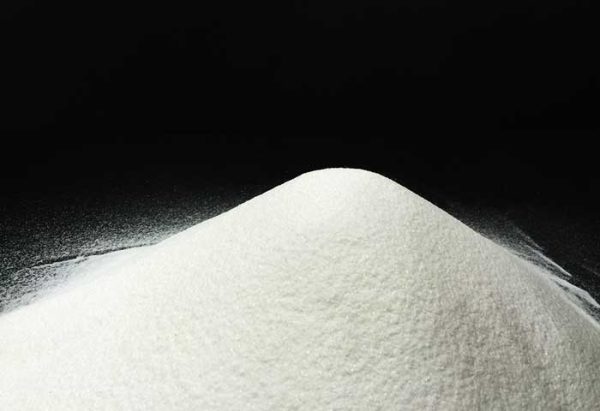
The main purposes of surface modification of heavy calcium carbonate are:
1. Reduce the surface energy of heavy calcium carbonate and prevent agglomeration;
2. Improve the dispersion of heavy calcium carbonate in the matrix;
3. Enhance the interface affinity between the surface of heavy calcium carbonate and the matrix;
4. Improve the specificity and functionality of modified heavy calcium carbonate.
5 major modification methods of heavy calcium carbonate
Physical coating modification
Physical coating modification is to mix the modifier and heavy calcium carbonate in a certain ratio. Under the action of dispersion force, the modifier is adsorbed on the surface of heavy calcium carbonate through physical forces such as van der Waals force or electrostatic attraction to form Single, double or multi-layer cladding.
Surface chemical modification
Surface chemical modification refers to using a certain method to use the functional groups in the modifier molecules and the active points on the surface of the heavy calcium carbonate powder to carry out chemical reactions or chemical adsorption, so that the modifier is coated on the heavy calcium carbonate particles. surface, enhancing the compatibility and dispersion of heavy calcium carbonate and filled organic matrix, thereby improving the processing performance and physical and mechanical properties of composite materials.
Mechanochemical modification
Mechanochemical modification uses mechanical means such as crushing and friction to shift the crystal lattice and change the crystal form of heavy calcium carbonate powder. At the same time, the temperature of the system increases and the internal energy increases.
surface deposition modification
Surface deposition modification is to use a suitable method to precipitate the modifier on the surface of heavy calcium carbonate. It is one of the most commonly used methods for surface modification of inorganic mineral pigments.
It is suitable for industrial production and has a simple process flow. By controlling the reaction conditions, suitable particle size and purity can be obtained.
High energy surface modification
High-energy surface modification refers to a method of modifying the surface of heavy calcium carbonate using high-intensity and concentrated energy irradiation, plasma, ultrasonic waves, etc.
The strong shock wave and dispersion force generated during the action can greatly weaken the interaction between particles, effectively prevent agglomeration between particles, and facilitate the dispersion of heavy calcium carbonate. However, the modification effect of this technology is not stable and the cost is relatively high. High, the operation is complicated, so it is difficult to be widely used in actual production.
